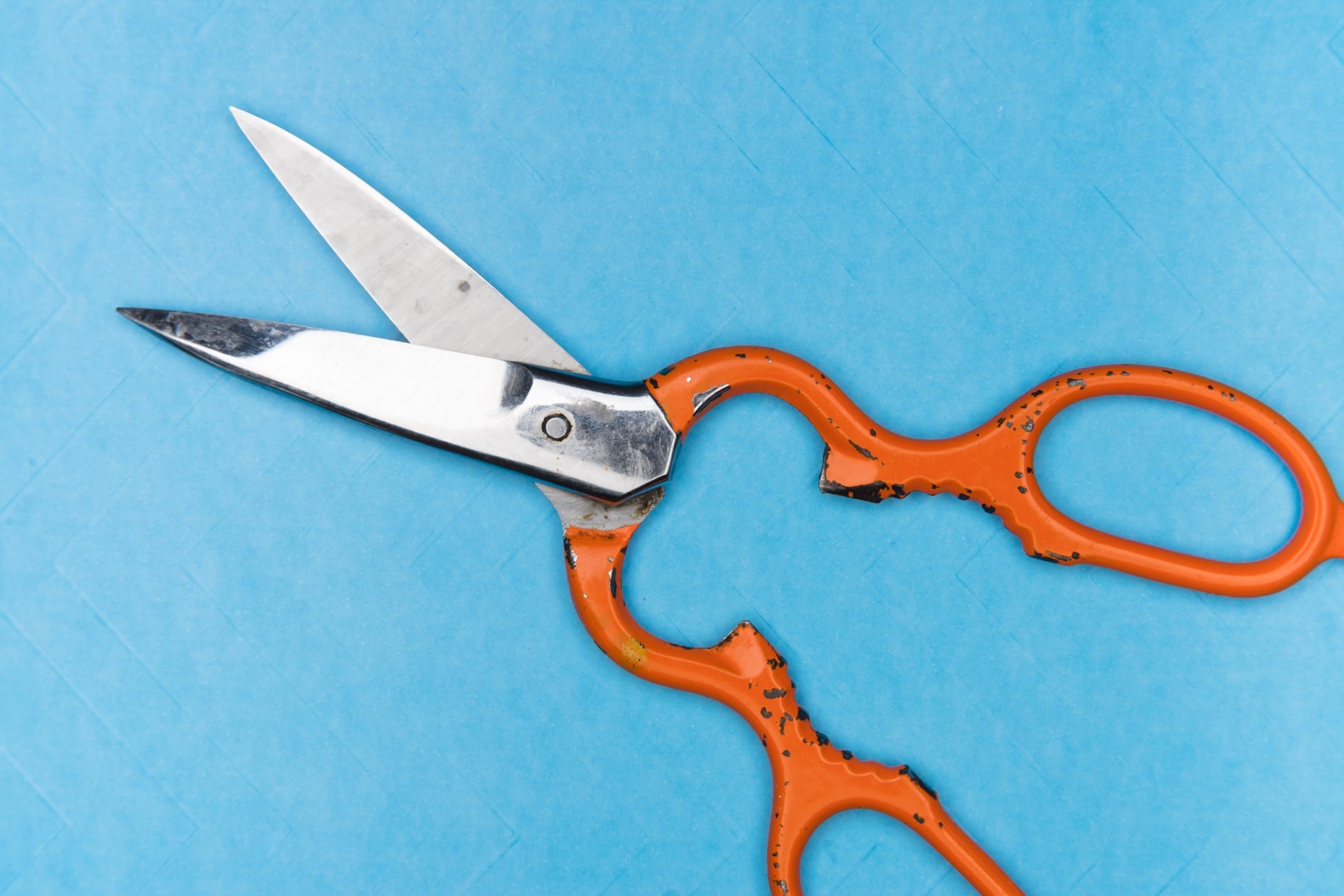
There’s no question that we love our dividends. And it looks like 2021 is going to see a good time dividend-paying stocks overall.
“In 2021, the outlook for dividends is positive. It's of course very hard to know what's going to happen in the short term. But we know that over the very long term, dividend-paying stocks are good bets, they tend to be solid businesses. A substantial portion of the long-term total return from equity markets comes from reinvested dividends from dividend growth. Dividend businesses tend to be solid, more stable in their cash flows. And the commitment that a dividend payer makes to pay out some cash to shareholders on a regular basis, instils discipline and causes corporate management to steer a prudent course,” points out Dan Lefkowitz, strategist at Morningstar in Chicago.
Plus, for a lot of income-seeking investors, with government bonds and interest rates both extremely low, dividends seem like the best option to generate yield. The yield on the Morningstar Global Dividend Yield Focus Index is well above 4%. Lefkowitz points out that that's more than double that of the yield on the broad global equity market. He thinks investors will be rewarded if they hold dividend players going ahead.
“If you look at Morningstar index families that track dividend-paying stocks around the world, they badly underperformed broad global equity benchmarks. The pandemic and the related economic downturn hit many dividend related sectors very hard. And then as equities rebounded across the world, that bounce back was really led by technology-related businesses that are not so rich in dividends. If you look at growth stocks versus value stocks over the course of 2020, the gap between growth and value was the largest since the late 1990s the dotcom, TMT bubble. Dividend payers tend to be on the value side of the market. Now with the market anticipated economic recovery and a return to normal, economically sensitive sectors of the market will benefit, including a lot of dividend payers,” he says.
Recently, we discussed sturdy dividend players you could consider buying. But what about the companies that cut?
Dividend Cutters
Morningstar Canada’s director of investment research Ian Tam pulled a list of dividend cutters, with the companies’ expected dividend growth rate. Here’s a list of the ten with the lowest expected dividend growth rate:
| Company | Ticker | Morningstar Sector | Expected Dividend Growth Rate (%) | Expected Dividend ($) |
| Vermilion Energy Inc. | VET | Energy | -100 | 0 |
| Sleep Country Canada | ZZZ | Consumer Cyclical | -100 | 0 |
| CAE Inc. | CAE | Industrials | -100 | 0 |
| Gildan Activewear* | GIL | Consumer Cyclical | -100 | 0 |
| Methanex Corporation* | MX | Basic Materials | -68.2 | 0.19 |
| Crescent Pt Energy Corp | CPG | Energy | -60 | 0.01 |
| Inter Pipeline Ltd. | IPL | Energy | -56.1 | 0.48 |
| First Capital REIT | FCR.UN | Real Estate | -49.7 | 0.43 |
| Cominar REIT | CUF.UN | Real Estate | -45.4 | 0.36 |
| ARC Resources Ltd. | ARX | Energy | -38.4 | 0.24 |
Source: Morningstar CPMS Data as of Feb 9, 2021
Tam explains that the dividend growth rate is calculated by taking the dividends announced by the company (but have not yet been paid) and compares it to the trailing dividends paid. “When you see a negative number, this shows that dividends have been cut. For example, MX has cut their annual dividend by 68%,” he says.
Four of these names are in energy, while real estate and consumer cyclicals have two each.
How to Avoid Cuts?
Lefkovitz recommends that the first thing to do is avoid is chasing yield at all costs. “You may see attractive looking yields in sectors like energy, basic materials, financial services, consumer cyclicals, but you also have to be aware of dividend traps, companies that throw off an attractive yield that's ultimately unsustainable. Some of these stocks are attractive, but you don't want to sacrifice long-term total return at the expense of short-term incomes,” he warns.
One measure Morningstar Indexes use to gauge the likelihood of cuts is “Distance to default”. It is a measure of financial health that gauges the likelihood that a firm's liabilities will exceed its assets, and in which case the dividend will certainly be at risk.
“What's unique about distance to default is that incorporates market information. It looks at a company's equity value, the volatility of a company's equity value, because markets can be leading indicators. The market can sniff out financial deterioration long before the numbers show up in financial statements,” Lefkovitz explains. He recently looked at 15 years' worth of data and found that across geography, and across time period, companies that had better distance to default scores were more likely to sustain their dividends and companies that had a worse distance to default scores were more likely to cut.
Where’s the Value?
"It's really critical to be selective when it comes to buying dividend-paying stocks and chasing yield, looking for the most yield rich areas of the market can often lead you into troubled areas. You have to screen for dividend durability and sustainability going forward,” Lefkovitz explains.
In terms of stocks, Lefkovitz says the index is favouring big telecom stocks, like AT&T, consumer-related businesses, like Nestle, Procter & Gamble, Unilever, on the financial side, the Canadian banks screen very well on our dividend sustainability metrics. And then some technology as well, so Broadcom, Taiwan Semiconductor, and then some pharmaceutical names including some of the businesses that are involved in the vaccines for the coronavirus.





















